- Understanding Loading States in Livewire
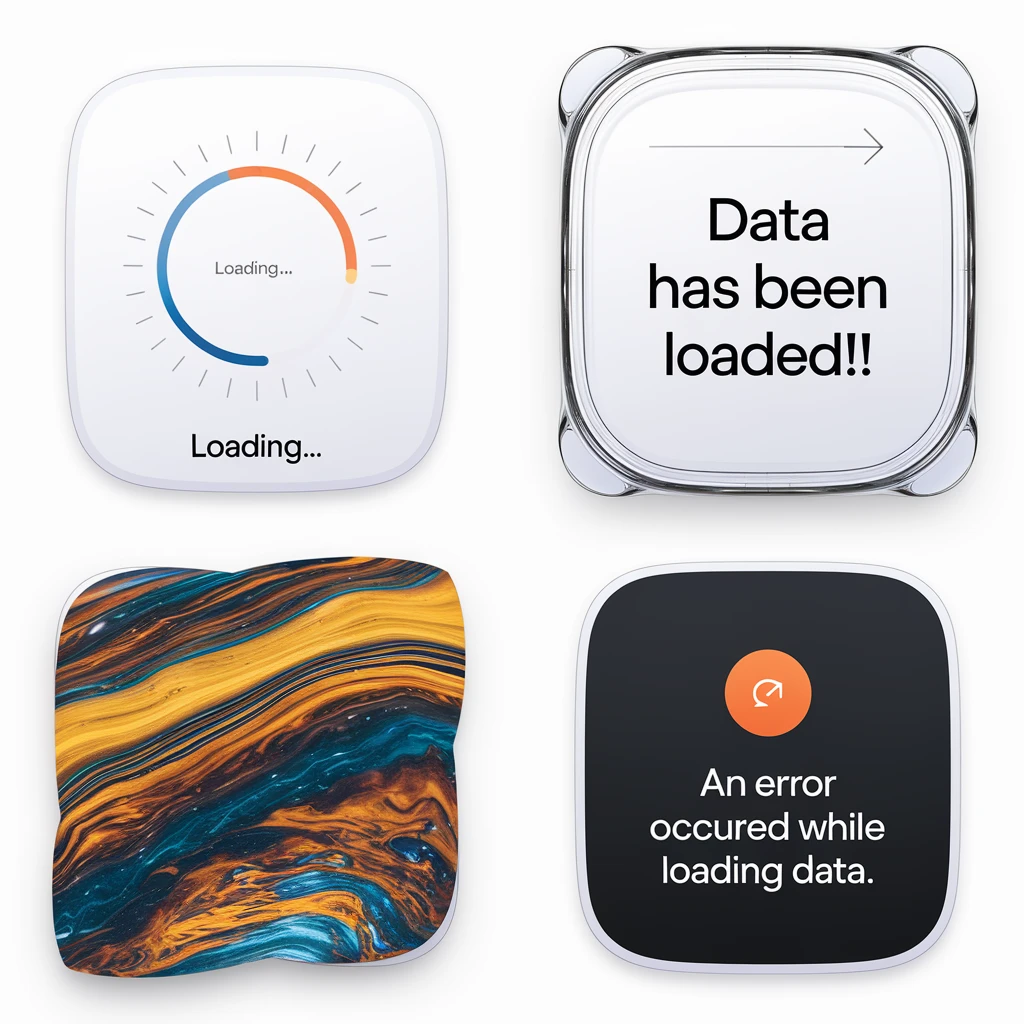
- 6 months ago
- 7 min read
Livewire provides a powerful way to build dynamic, interactive front-end interfaces within a Laravel application without relying on complex JavaScript frameworks. One of the standout features in Livewire is the concept of Loading States, which helps manage user experience by displaying visual feedback when actions are in progress.
In this blog, we’ll explore what loading states are, how to implement them, and best practices for enhancing user interactions using Livewire's loading features.
What Are Loading States?
Loading states refer to the period when a request or action, such as form submission, data fetching, or file uploading, is being processed in the background. While this process happens, users often see no immediate visual indication, which could lead to confusion or frustration. Loading states solve this problem by giving users feedback, such as a spinner or message, during this processing period.
In Livewire, loading states are seamlessly handled using wire, a directive that allows you to define elements that should be shown when a specific action is taking place.
Why Use Loading States?
- Improved User Experience: Loading states give users visual cues, making them feel more in control while waiting for a task to complete.
- Prevent Duplicate Actions: By displaying a loading spinner or disabling buttons during a request, users are less likely to submit a form or trigger an action multiple times.
- Cleaner Interface: Instead of leaving users guessing, a loading state keeps them informed and creates a more polished, responsive interface.
Basic Usage of Loading States
Livewire makes it easy to add loading states. The wire:loading directive can be applied to any HTML element to show or hide it during a loading phase. For example, when you submit a form, you can show a spinner while the form is processing and hide it once the request is complete.
Here’s an example:
<div> <button wire:click="submitForm" wire:loading.attr="disabled">Submit</button> <div wire:loading> Processing... </div> </div>
In this case:
- The button will be disabled during the form submission because of wire:loading.attr="disabled".
- The message "Processing..." will be shown as long as the action is running.
Targeting Specific Loading States
Livewire allows you to be more specific with loading states by using wire:target. This feature is useful when you have multiple actions on the same page but want to display different loading states for each action.
Here’s how to target a specific action:
<div> <button wire:click="saveData" wire:loading.attr="disabled" wire:target="saveData">Save</button> <div wire:loading wire:target="saveData"> Saving your data... </div> <button wire:click="deleteData" wire:loading.attr="disabled" wire:target="deleteData">Delete</button> <div wire:loading wire:target="deleteData"> Deleting your data... </div> </div>
In this example:
- When the saveData action is in progress, only the "Saving your data..." message is shown.
- Similarly, the "Deleting your data..." message appears only when the deleteData action is being executed.
This way, you can have multiple loading states on the same page without interfering with one another.
Showing or Hiding Elements Based on Loading State
The wire:loading directive can also be used to dynamically hide or show elements based on the loading state. By using the wire:loading.remove and wire:loading.inline directives, you can customize which elements appear or disappear.
For example, to replace a button’s label during loading:
<div> <button wire:click="submitForm"> <span wire:loading.remove>Submit</span> <span wire:loading.inline>Submitting...</span> </button> </div>
- When the action is not loading, the "Submit" text will be shown.
- During the loading state, the text changes to "Submitting...".
Applying Loading States to CSS Classes
Another useful feature of Livewire’s loading state management is the ability to apply CSS classes dynamically during loading states. This allows you to change the appearance of elements like buttons or text when an action is processing.
Here’s an example of how you can add a loading class:
<button wire:click="saveData" wire:loading.class="opacity-50"> Save </button>
- While saveData is in progress, the button will have 50% opacity, providing a visual cue to the user.
Using Loaders and Spinners
It’s common to use spinners or other loaders during loading states. Livewire supports this directly with the wire:loading directive, allowing you to integrate spinners with ease.
Here’s an example using a simple spinner:
<div> <button wire:click="submitForm"> Submit </button> <div wire:loading> <svg class="spinner" ...> <!-- SVG spinner code here --> </svg> </div> </div>
In this example, the spinner will be displayed during the form submission process, providing a clear indication that something is happening in the background.
Best Practices for Loading States
- Don’t Overuse Loading States: While loading states are helpful, using them excessively can overwhelm the user interface. Focus on key actions where loading feedback is critical, such as form submissions or data updates.
- Combine Loading States with Disabling Buttons: To prevent accidental duplicate actions, use wire:loading.attr="disabled" to disable buttons or form inputs during requests.
- Provide Meaningful Feedback: Instead of generic messages like "Loading...", use more informative feedback like "Saving your changes..." or "Processing your request...". This gives users context on what’s happening.
- Use CSS for Subtle Effects: Use wire:loading.class to apply subtle visual effects like reduced opacity or color changes to indicate that an action is in progress, without overwhelming the design.
Conclusion
Loading states in Livewire significantly improve the user experience by providing real-time feedback during actions like form submissions, data fetching, and more. With the easy-to-use wire:loading directive, you can give your users a responsive and intuitive interface that keeps them informed during critical operations.
By carefully implementing loading states and following best practices, you can create a smoother, more user-friendly experience in your Livewire applications. Whether you’re managing a small form submission or a more complex set of actions, Livewire’s loading state management tools offer the flexibility and control needed to enhance both the functionality and user interaction of your Laravel apps.
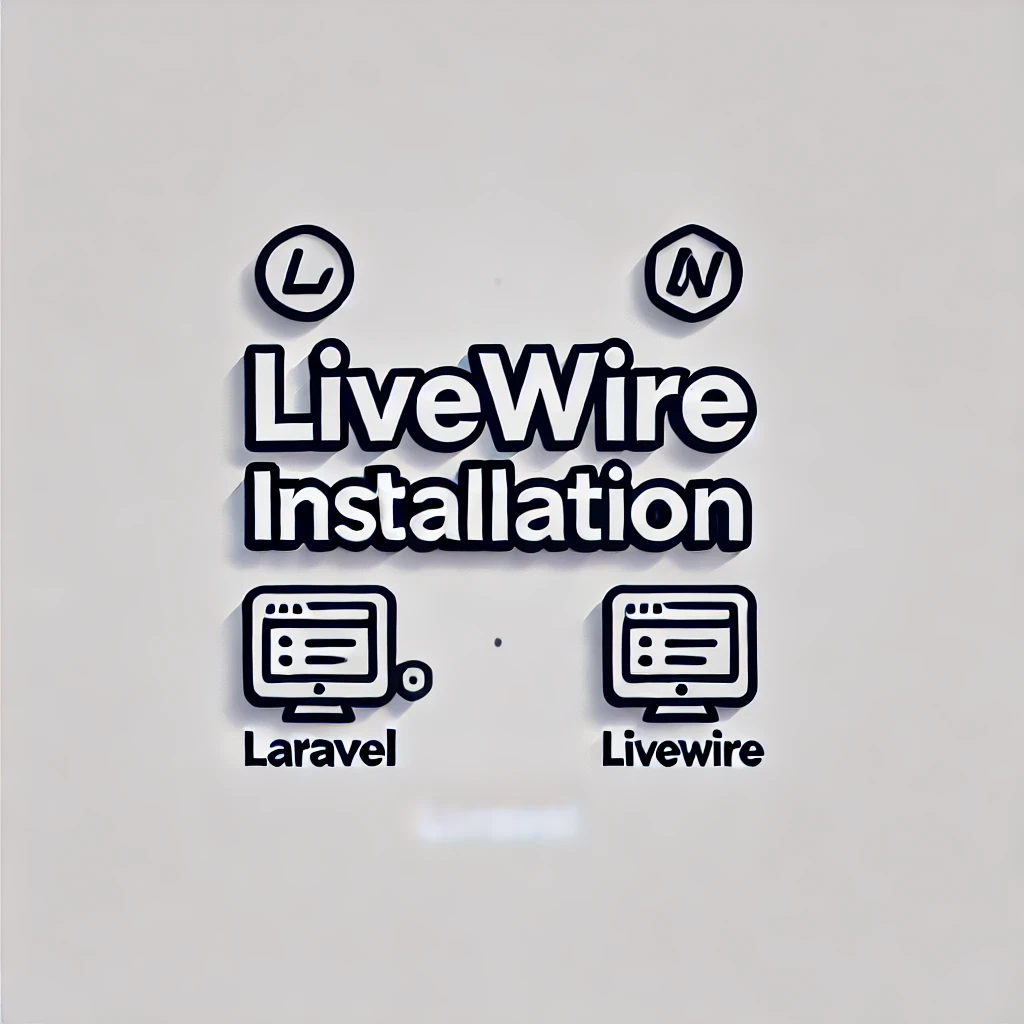
Step-by-step tutorial to install Livewire

Livewire Key Features That Make It Stand Out

What is Component-Based Architecture ?
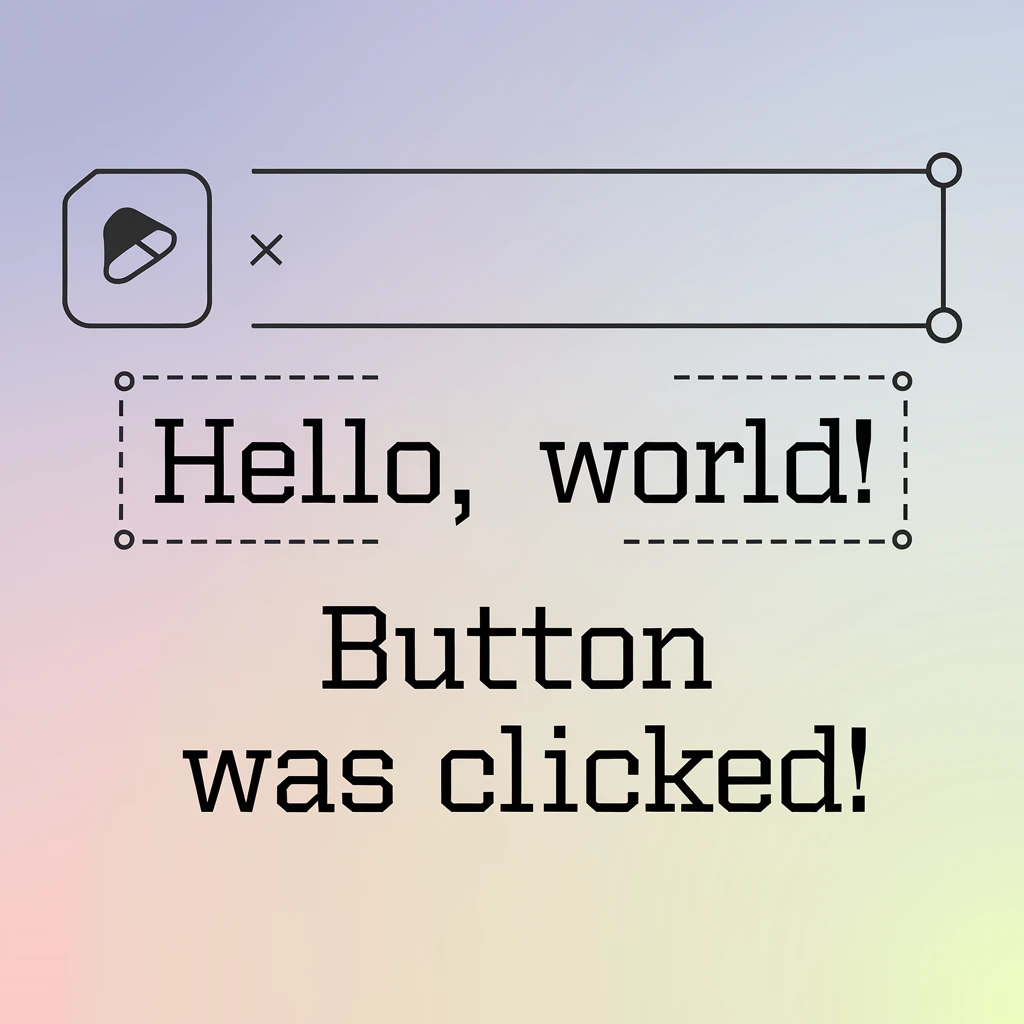
Real-Time Front-End Updates in Livewire

Zero JavaScript in Livewire Revolutionizing Laravel Development
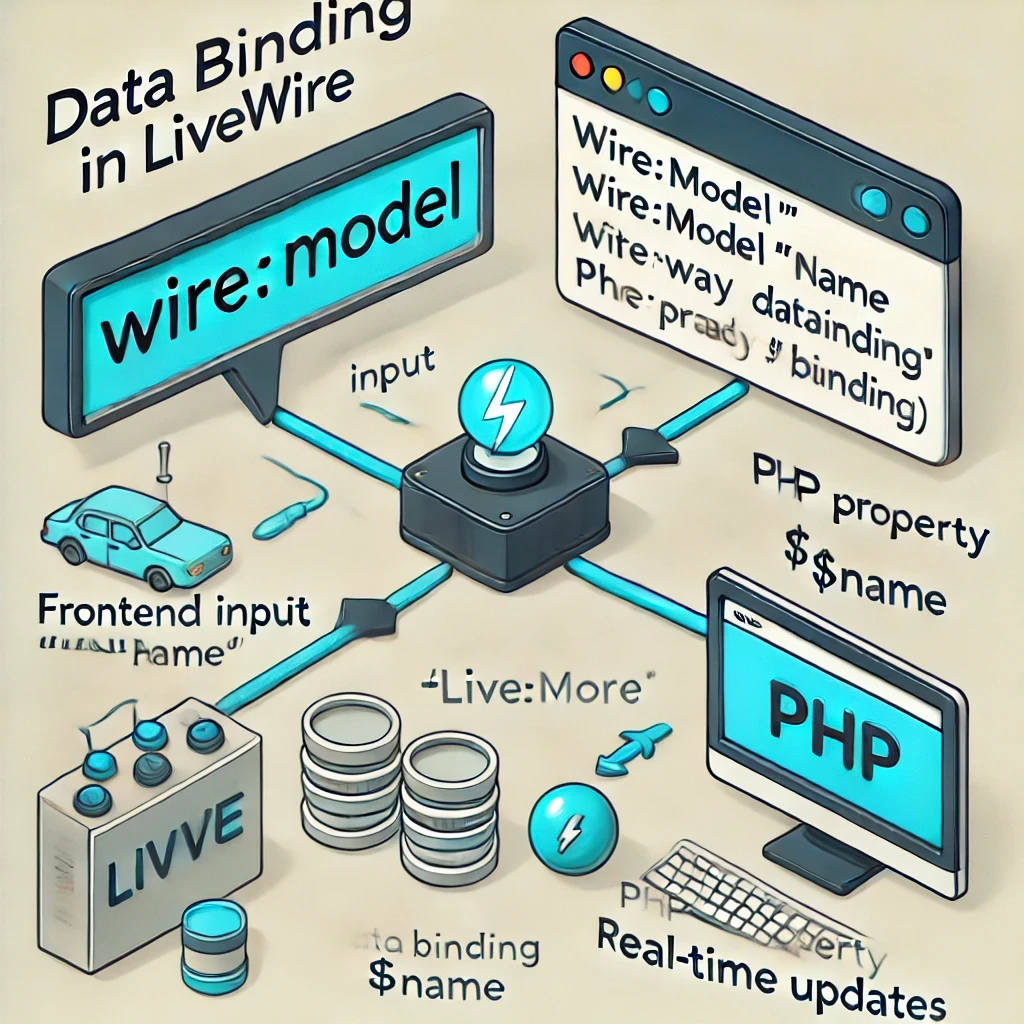
Data Binding in Livewire A Seamless Way to Sync Data
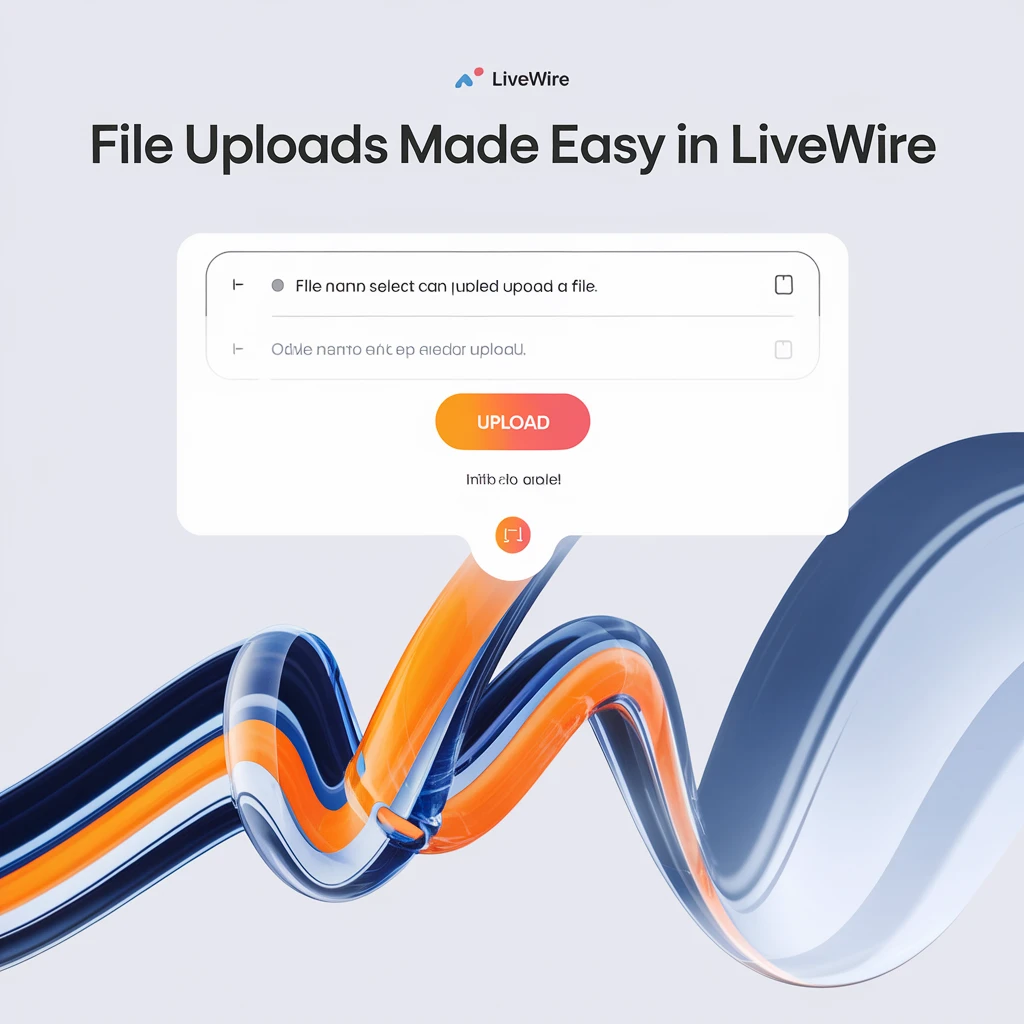
File Uploads Made Easy in Livewire

Understanding Loading States in Livewire
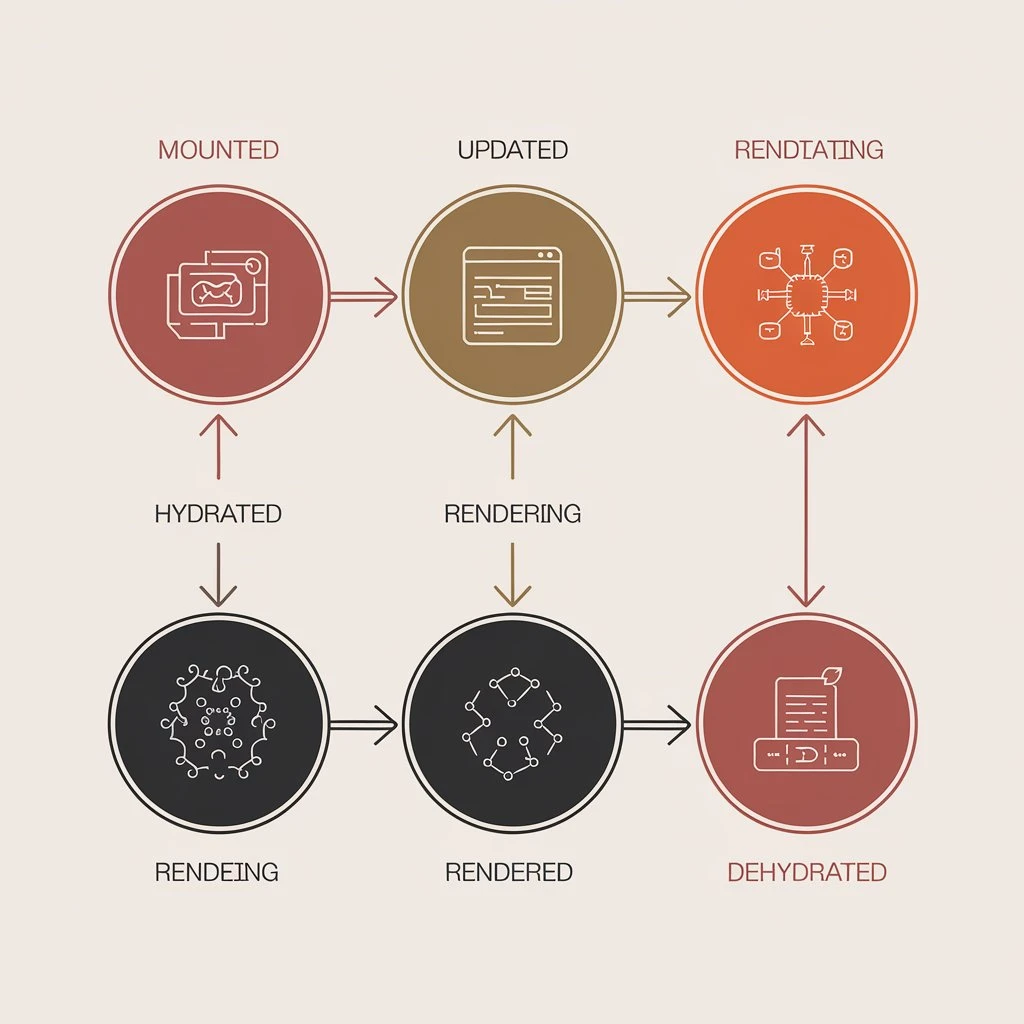
Understanding Lifecycle Hooks in Laravel Livewire

Optimizing Livewire Performance for Faster Web Applications

